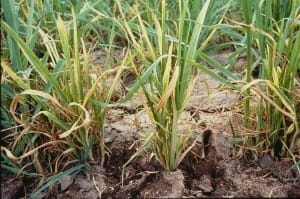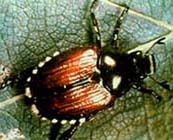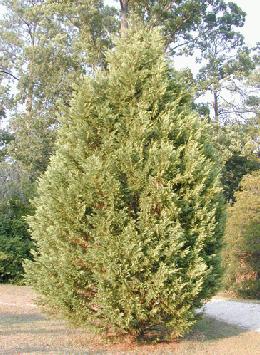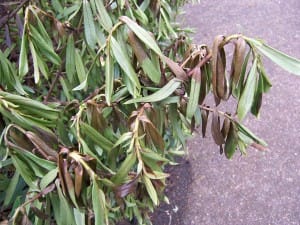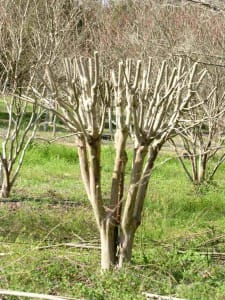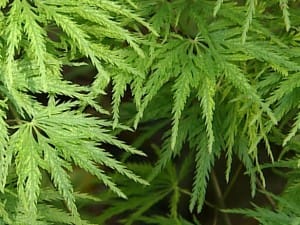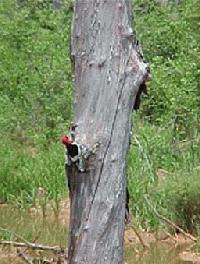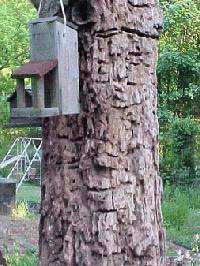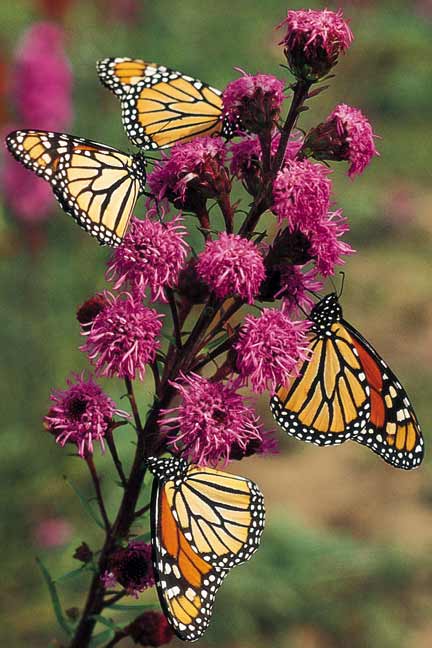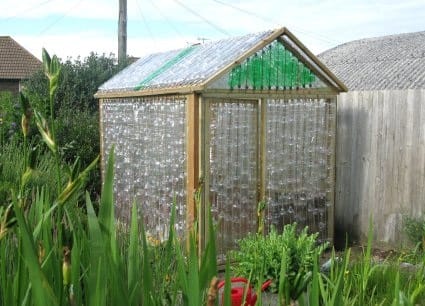Source(s): Stephen D Pettis
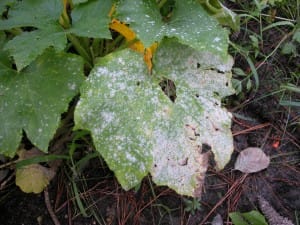 Chemicals can damage plants in a number of ways. Chemicals can cause foliar burns, defoliation, leaf curl, and stunting when applied improperly. Household chemicals such as paints, cleaners, or solvents can injure plants but most often we see injury caused by agricultural chemicals such as fertilizers, insecticides, fungicides, and herbicides that have been misapplied.
Chemicals can damage plants in a number of ways. Chemicals can cause foliar burns, defoliation, leaf curl, and stunting when applied improperly. Household chemicals such as paints, cleaners, or solvents can injure plants but most often we see injury caused by agricultural chemicals such as fertilizers, insecticides, fungicides, and herbicides that have been misapplied.
Herbicide damage is by far the most common type of chemical plant injury. These agricultural chemicals have been designed to kill plants so as you might guess, are likely to injure desirable plants. Some herbicides kill all plants, and some kill only certain plants (grasses but not broadleaves for example). No matter, if the herbicide is applied at too high a rate or when the temperatures are too high, you can get damage on non-target plants.
Symptoms of herbicide damage can vary depending on the chemical applied and the plant affected. Some common symptoms include leaf curling or cupping, yellowing, dead or necrotic tissue, odd leaf texture, and reddening of leaf veins. Some plants are very sensitive to herbicides while others are not.
Herbicides are often very specific and damage can occur if you do not read the label carefully. The label always has detailed instructions on proper use and safety as well as what plants the product may be used on. For instance, if you used a preemergent herbicide labeled for centipede on a fescue lawn you would end up with yellow or dead grass. Or, if you applied this same fertilizer to the proper grass when the air temperature is over 85F, then you could get some damage. Preemergent herbicides must be applied at specific times of the year as well. If applied too early, you can end up stunted roots as shown in the picture to the right.
There is no way to reverse herbicide damage. Once plant tissue is damaged, there is no way to improve it. Most plants will recover by themselves if they are not severely injured by chemicals. Pruning out damaged branches or leaves can improve the looks of damaged plants sometimes and pruning initiates new growth. If you suspect chemical damage, inspectors from the Georgia Department of Agriculture’s Pesticide Division will investigate the situation if you request that they do so.
Center Publication Number: 149
